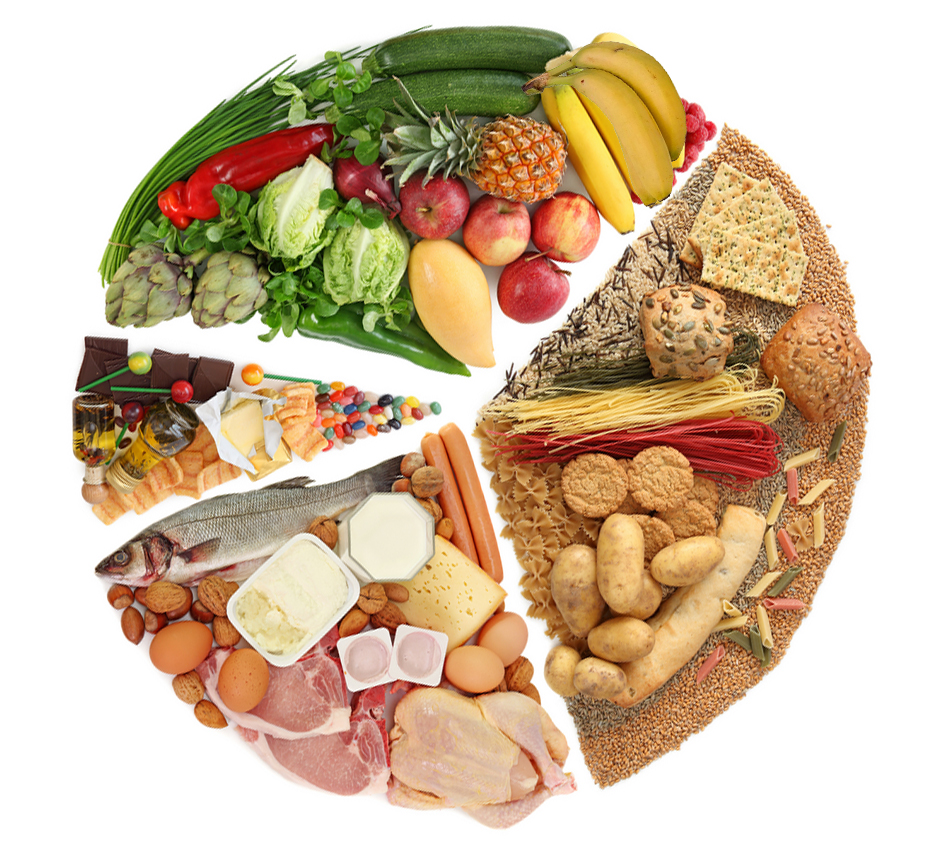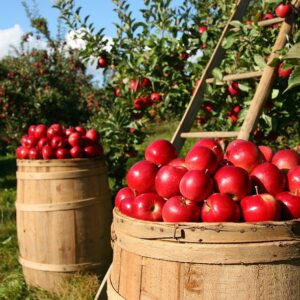
Any material consumed as food to sustain the body’s nutritional needs. It typically comes from plants or animals and contains vital nutrients like proteins, carbs, lipids or vitamins. Food intake is a fundamental human requirement and cultural, economic and environmental factors all have an impact on the diversity and kinds of food that are available.
Food comes in a wide variety and can be broadly divided into the following groups:
- Fruits and veggies: Fruits and vegetables are among the major diet groups. These are organic, plant-based foods with high fibre, vitamin and mineral content. They are a crucial component of a balanced diet and aid in the prevention of chronic illnesses like cancer, diabetes and heart disease. Fruits and vegetables are a great option for weight management because they are high in water content and low in calories.
- Cereals and grains: Cereals and grains are a significant food group. These are products derived from cereal grains like wheat, rice, oats, barley and others. They are a good source of carbs as well as other necessary elements including iron, zinc and B vitamins. Particularly high in fibre and associated with a lower risk of heart disease, diabetes and several cancers are whole grains.
- Meat, poultry, fish and eggs: make up another important food group. These foods are made from animals and are rich in protein and other necessary elements. They are a great source of zinc, vitamin B12 and iron. It’s vital to remember that red meat should only be eaten occasionally because it’s been linked to a higher risk of developing certain cancers. Omega-3 fatty acids which have been connected to heart health and brain function, are also abundant in fish and other seafood.
- Dairy products: Milk, cheese, yoghurt and other dairy products are excellent sources of calcium and other necessary elements. For developing kids and teenagers, they are a crucial source of protein, vitamins and minerals. However, there are many alternative options available including soy milk, almond milk and other plant-based substitutes, for people who are lactose intolerant or vegan.
- Legumes: Beans, lentils and peas are examples of legumes that provide a good source of protein, fibre and other necessary components. They are low in fat and a good source of carbs. Particularly for vegetarians and vegans, they make a fantastic substitute for meat.
- Nuts and seeds: are rich sources of protein, healthy fats and other vital nutrients. They contain a lot of antioxidants and are a great source of good fats including monounsaturated and polyunsaturated fats. They make a fantastic alternative for a snack and can be included in meals to enhance flavour and texture.
- Fats and oils: Both plant- and animal-based fats and oils are frequently used in baking and cooking. In addition to being a significant source of energy, fats like butter, lard, sunflower oil and olive oil are necessary for the body to absorb fat-soluble vitamins. However, because they are high in calories, it’s necessary to eat them in moderation.
- Sweets and desserts: Because they are frequently high in sugar and calories, sweets and desserts like sugar, candy, chocolate, pastries, ice cream and other sweet foods should be consumed in moderation. Although they can be savoured occasionally, they shouldn’t account for a sizable amount of a person’s diet.
To sum up, food is necessary for human survival and welfare. It gives the body the nourishment and energy it needs to live and function. For optimum health a balanced diet that consists of a range of foods from each category is crucial. Consuming a variety of foods in moderation and being aware of portion sizes are key. Maintaining a healthy weight preventing chronic diseases and improving general wellbeing are all benefits of eating a healthy balanced diet.









